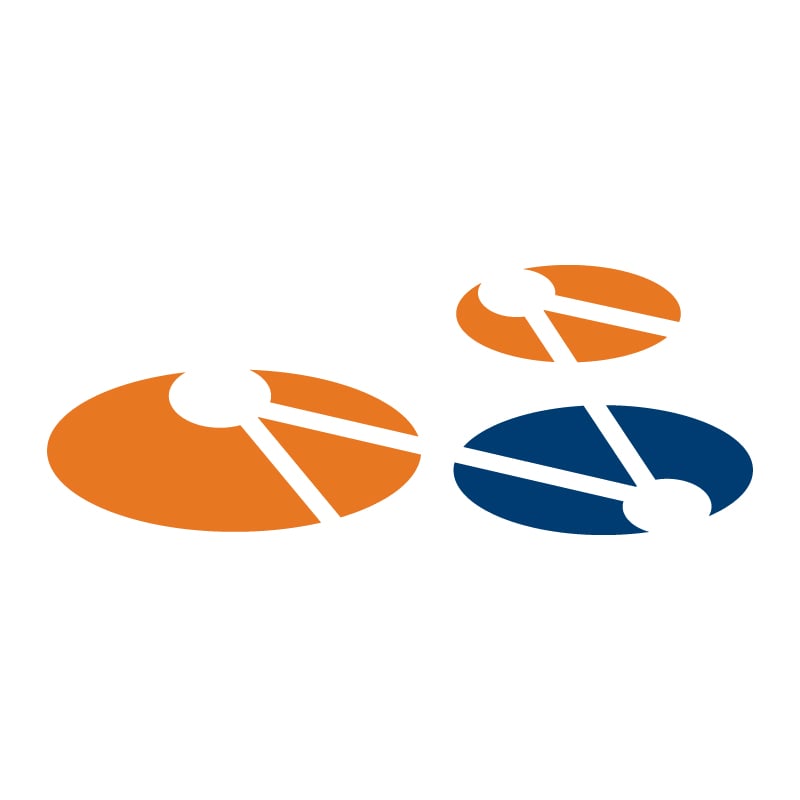3 min read
Cell and Gene Therapies: Current Challenges and Promising Therapies on the Horizon
 KBI Biopharma
Feb 20, 2023 11:35:14 AM
KBI Biopharma
Feb 20, 2023 11:35:14 AM
In the past five years, cell and gene therapies (CGT) have given rise to a flourishing pipeline, with over 20 products approved by the FDA and even more to come. However, given the highly personalized nature of many cell and gene therapies, suppliers face challenges in manufacturing these therapies at scale.
Learn more about the current bottlenecks facing CGT and our views on promising cell therapy candidates that we anticipate seeing more of in the future.
Hurdles in the Development of Cell and Gene Therapies
One challenge that many drug developers face in the industry is operational logistics. Unlike traditional biologics which allow for the development of large batches, many cell and gene therapies are tailored to specific individuals. Smaller, more personalized production runs create a tremendous amount of quality control testing, put an enormous burden on quality assurance operations, and are a challenge for timely shipping (of inbound material, drug product, and many labile raw materials). Creating and maintaining operational excellence in these areas is difficult and costly and requires a network of specialists.
Other challenges that are seldom mentioned but could become significant issues are the lack of surrogate markers of efficacy and the scarcity of reliable screening methods to determine which blood samples will produce high-quality drug products. Many products in development still require bioassays which can be time-consuming, laborious, and difficult to qualify. As these processes scale out, these assays can be difficult to batch and scale, as can the analytics for these assays. In addition, big data poses a concern. Advanced therapies generate reams of data, often via incompatible systems that can be very difficult to matrix. As the industry grows, the amount of data assessed will require automated systems that can provide real-time analysis and objective results, and platform technologies will need to be adopted by the industry.
Cell Therapy Manufacturing Bottlenecks
When it comes to manufacturing next-generation therapies such as cell and gene therapies, one of the biggest bottlenecks appears to be the scale-out of manufacturing. This can be attributed to the labor-intensive process of one-at-a-time manufacturing combined with a limited pool of talent and limited ability to scale facilities cost-effectively. As we solve these issues, another bottleneck will be in the supply chain, including lack of blood-derived products like Human Serum Albumin and other factors used in manufacturing many commercial cell therapies and those in development.
Synthetic derivatives are often not comparable and, in cases where they are, can be more expensive and still have production limitations. Other supply chain issues that impact the industry include:
- Vector availability
- Plastics shortages (consumables)
- Shipping constraints for highly labile products
In addition, the scale of manufacturing for allogeneic immunotherapies is a significant challenge. While we can manufacture a few to a few tens of doses from a single donor, we are not to the scale of hundreds or thousands of doses from a donor. This creates a limitation in the availability of therapeutic doses and the cost of the therapies as well. While making ten doses from a single donor lowers the drug's price, it does not reduce it tenfold, and the treatment will still have a price tag that is a considerable stretch for healthcare economics if implemented at a large scale. This may be an inherent biological issue we can only get around by using iPSCs or other sources of starting material.
Promising Cell Therapy Candidates with Potential for Widespread Impact
There are a number of burgeoning cell therapies that have demonstrated clinical impact but have simultaneously allowed for better scale-up of development and manufacturing. We anticipate that more of these therapy types will arise and are excited by their therapeutic potential.
Allogenic NK Cell Therapy
An area that appears to have high near-term potential is allogeneic natural killer (NK) cell therapy. Genetic engineering and gene editing are often not required, resulting in a simplified workflow that will allow for greater accessibility but has also been shown to have a profound clinical impact. The primary applications of NK cells are in oncology but have also been used in infectious diseases.
Induced pluripotent stem cells (iPSCs)
iPSCs are a relatively new type of pluripotent cells that can be obtained by reprogramming animal and human differentiated cells. One can bank a cell type with seemingly unlimited proliferative potential, and the iPSC’s totipotency is a compelling proposition as long as this potential can be harnessed and directed appropriately.
As far as where iPSCs can have an impact, it appears the sky is the limit in the long run. In the near term, the emphasis seems to be on retinal diseases, neural diseases, and tissue engineering. Additionally, developing iPSCs into immune cells for cancer treatment, infectious disease, and autoimmunity is at the forefront of research, with promising clinical results.
If you are interested in learning more about KBI’s work, please reach out to our team. We'd love to hear from you!

